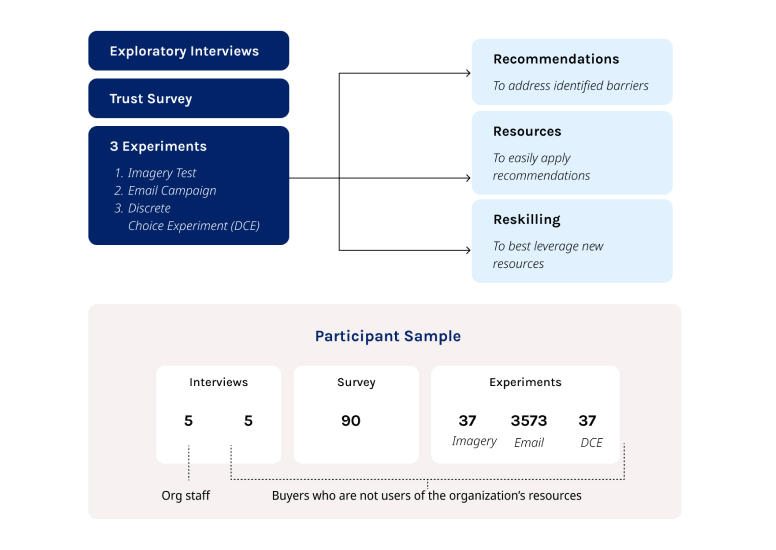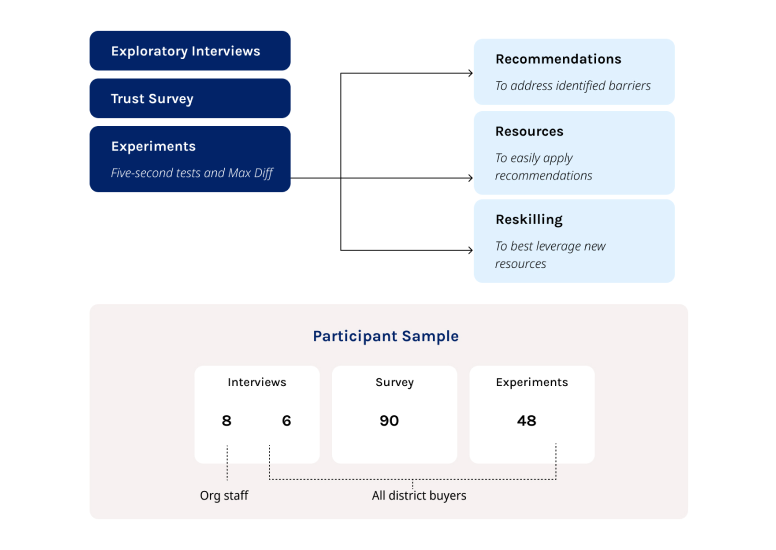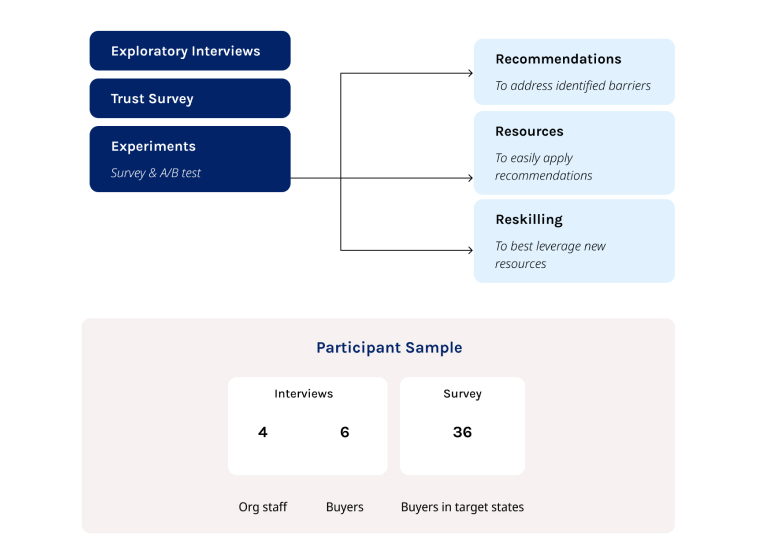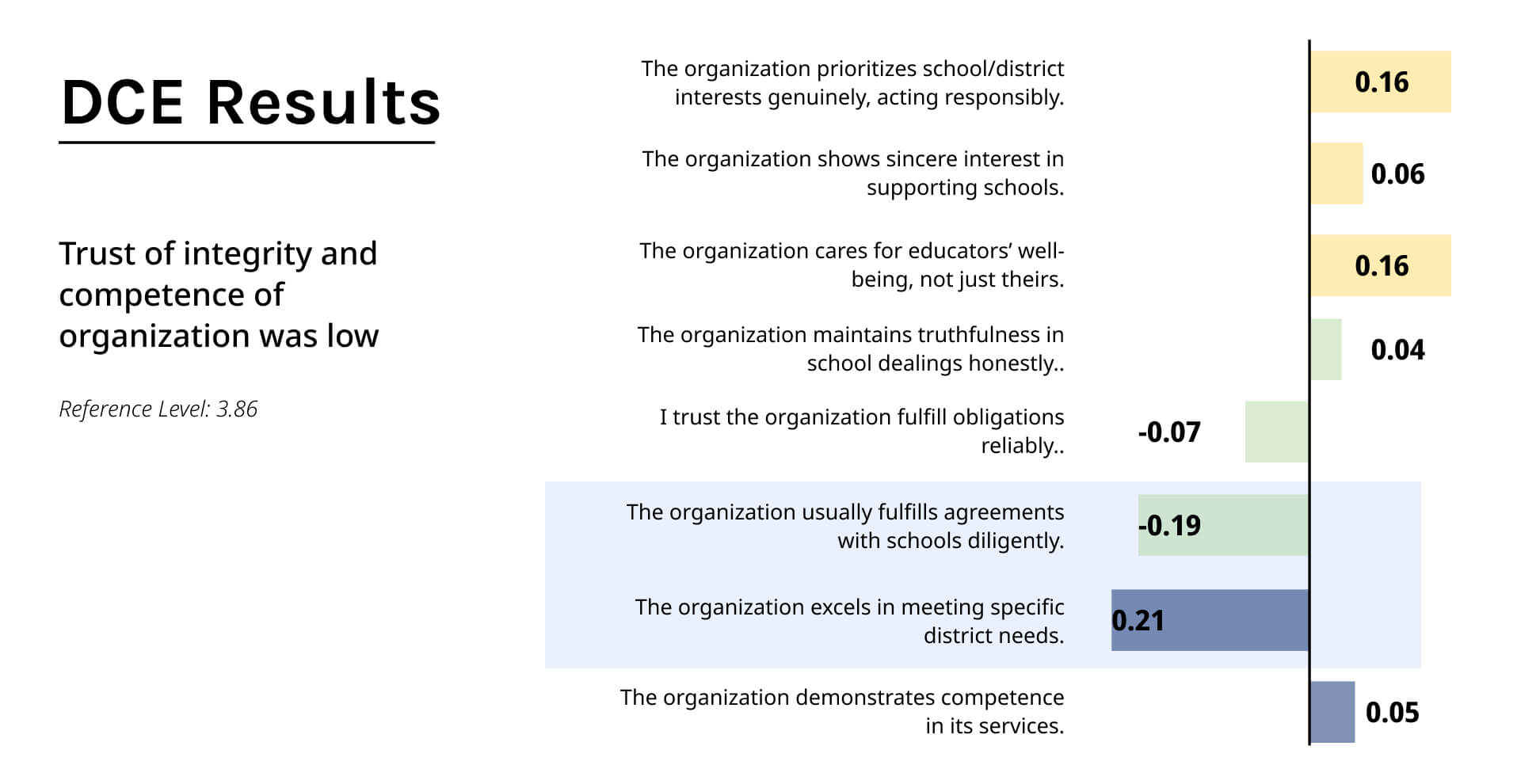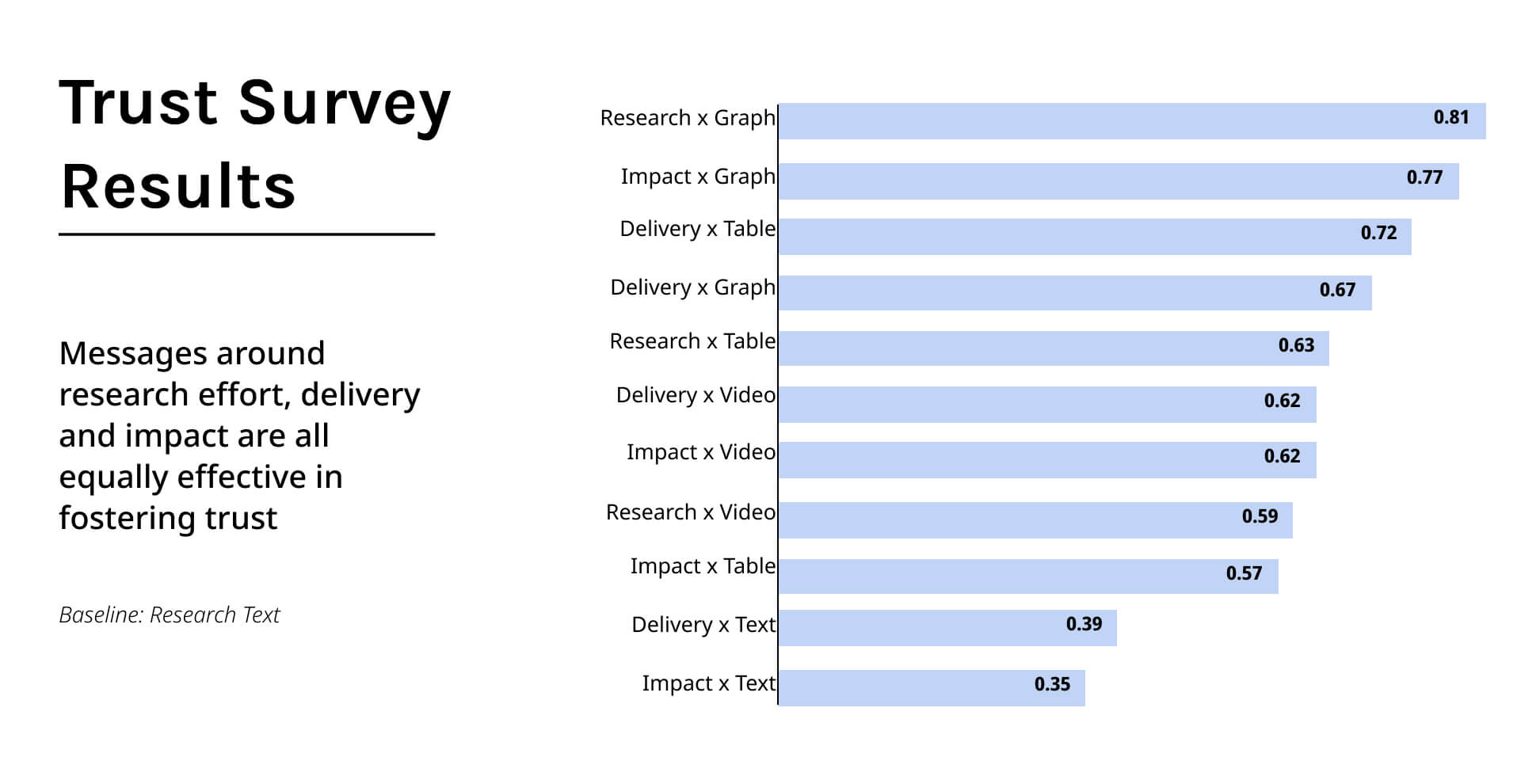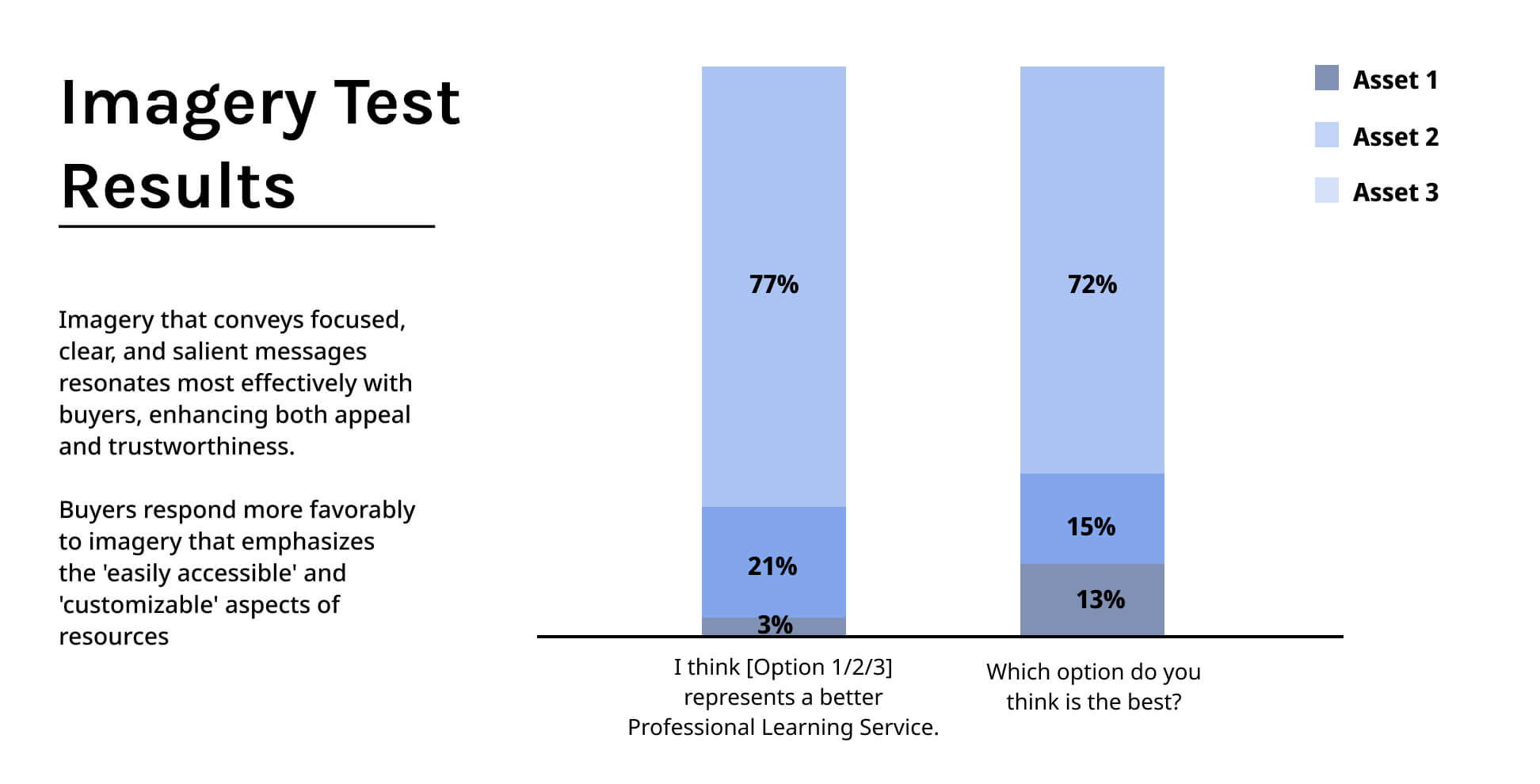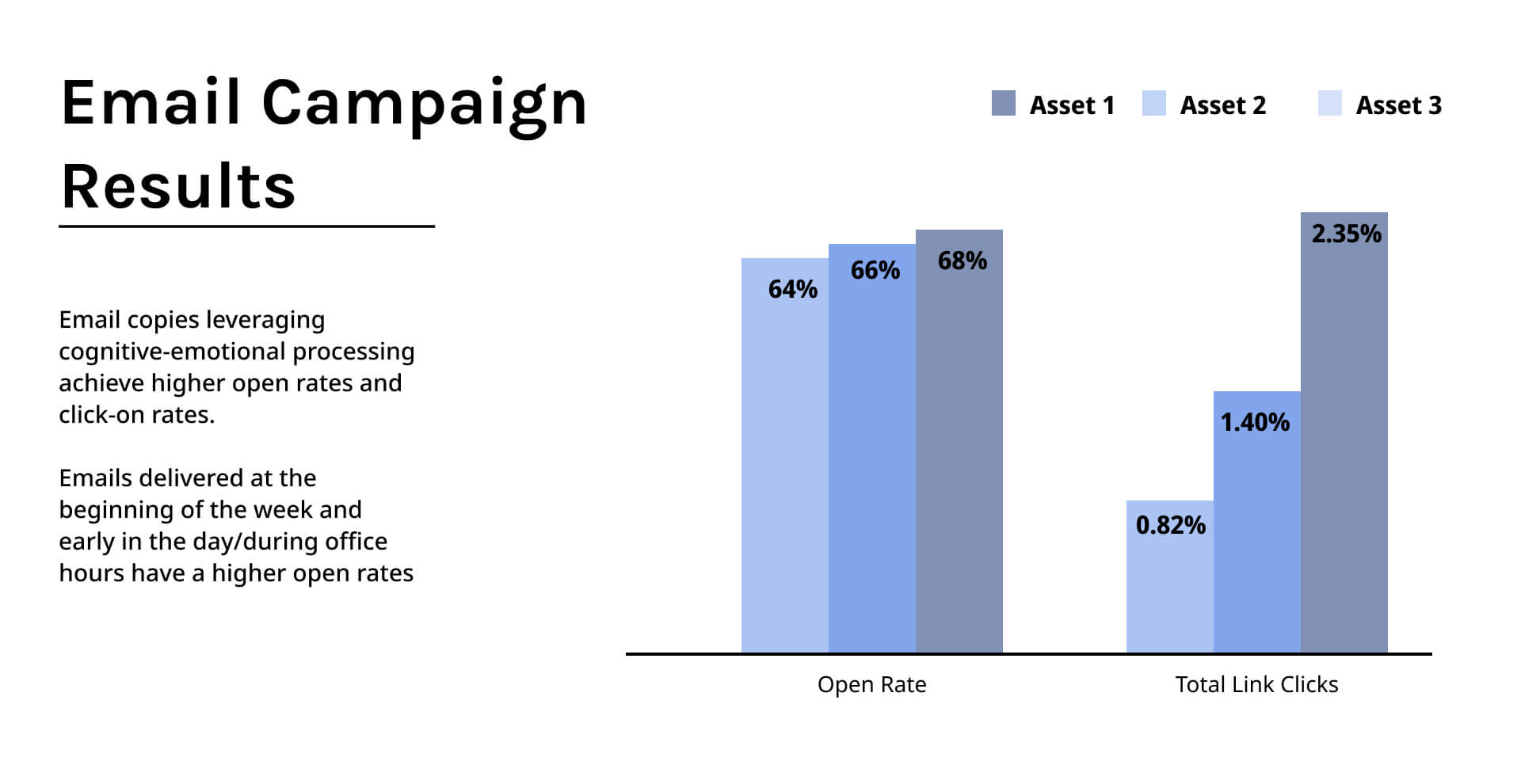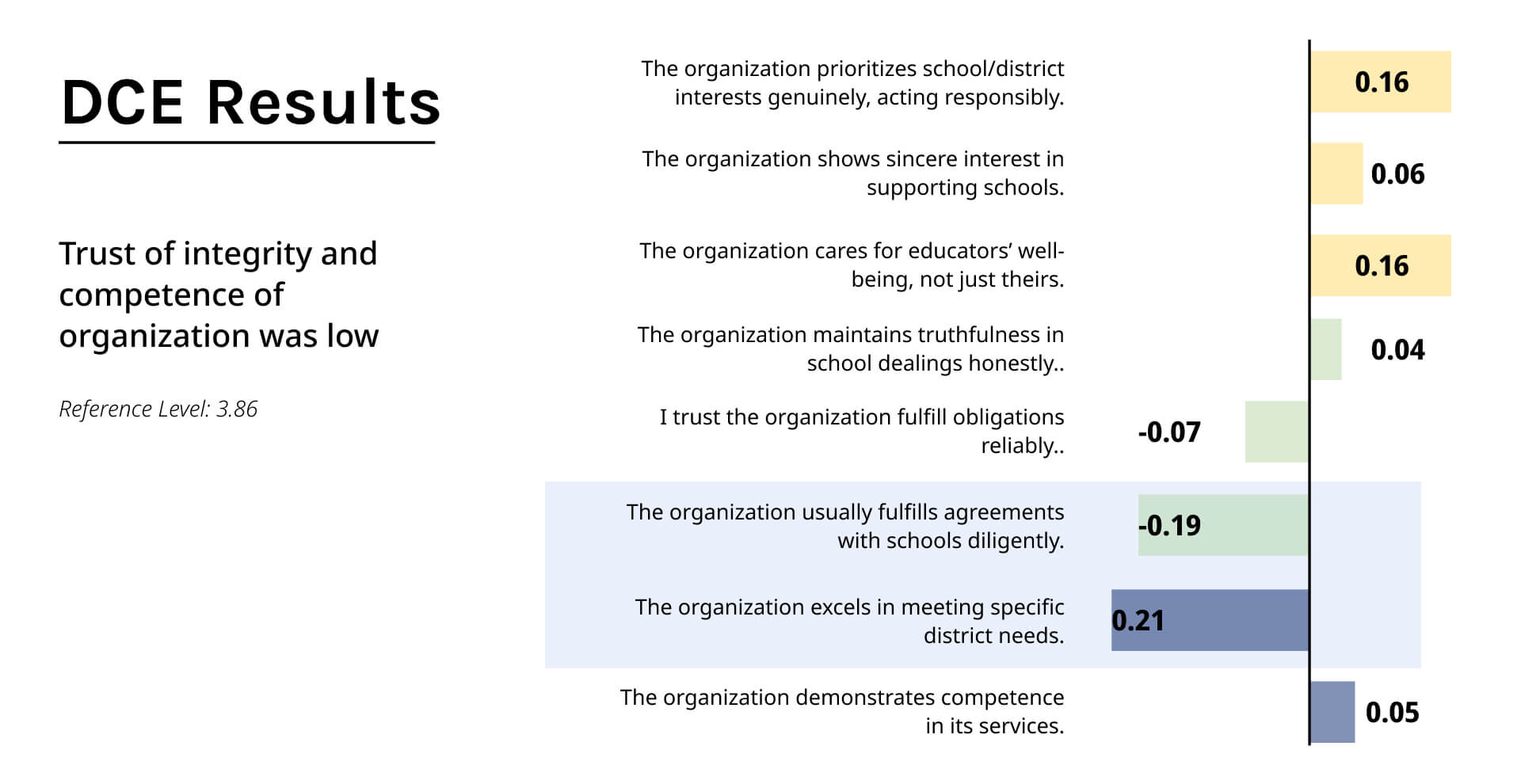Several organizations have utilized this toolkit to enhance their organizational capacity, engagement, and trust with their target audiences. The following sections delve into key examples of this work, outlining the key capacity gaps each organization aimed to address, the tools employed, and their implementation strategies. Additionally, the impact generated by these tools is detailed.
These examples showcase the adaptability of the toolkit to meet the unique needs and contextual nuances of different organizations, offering insights into the expected impact of such adaptations.


